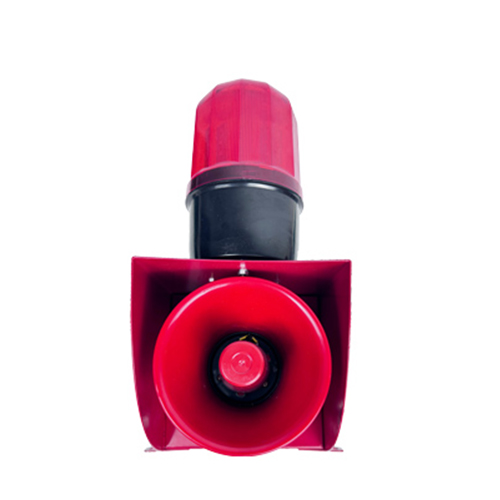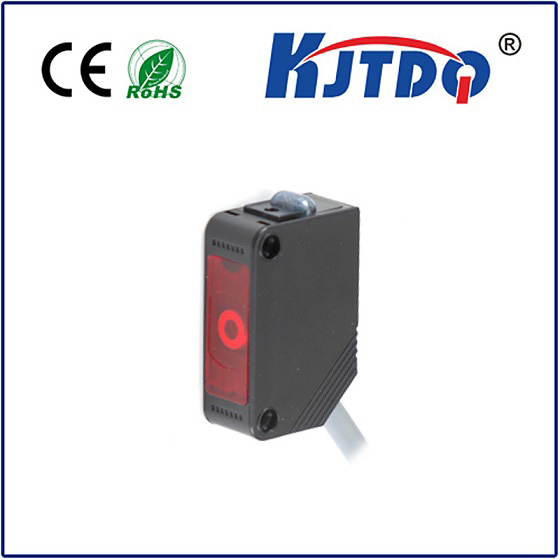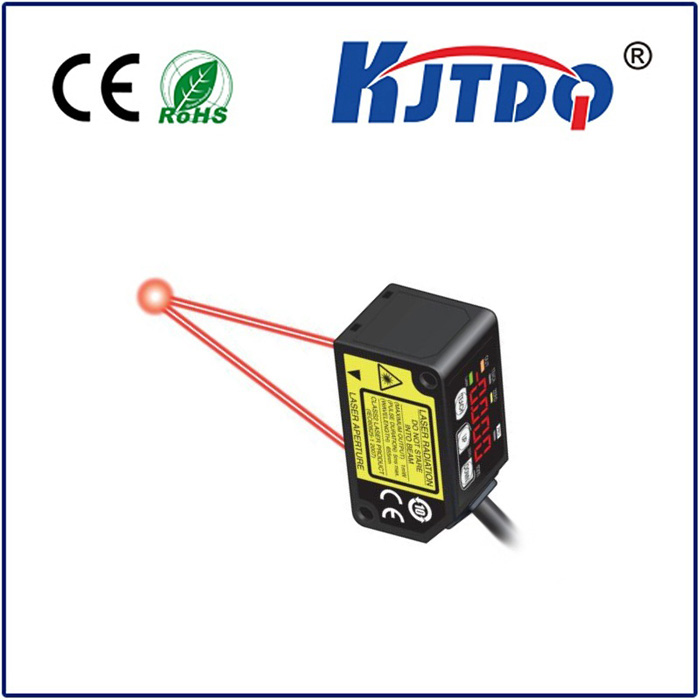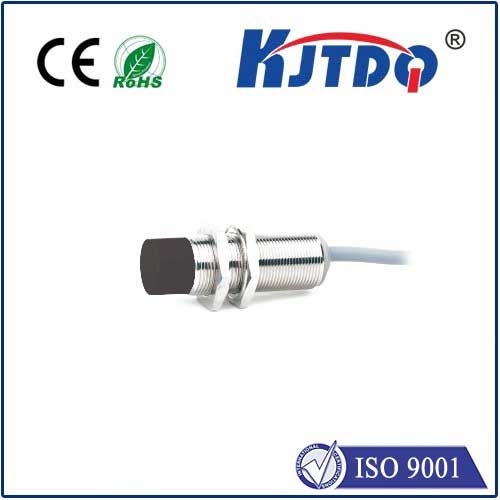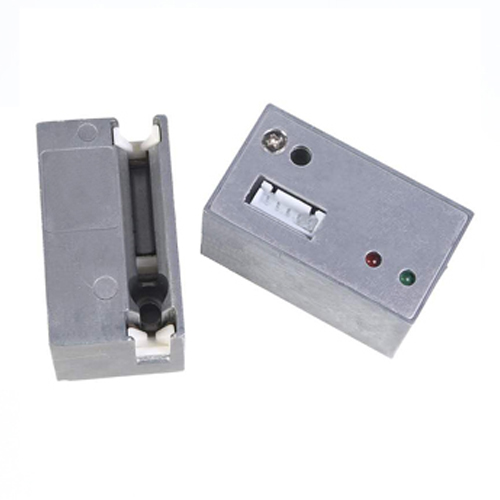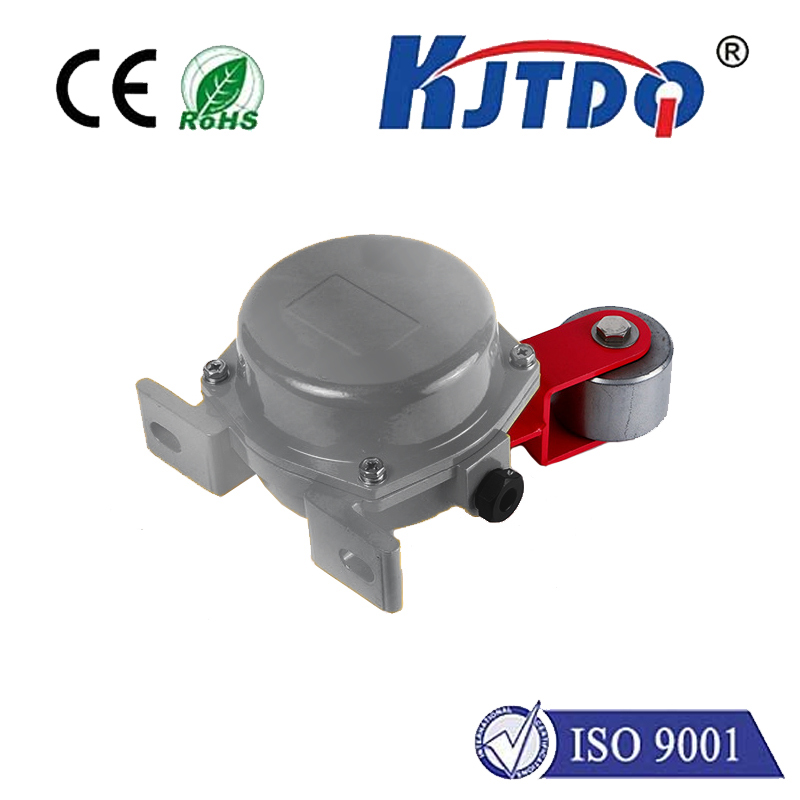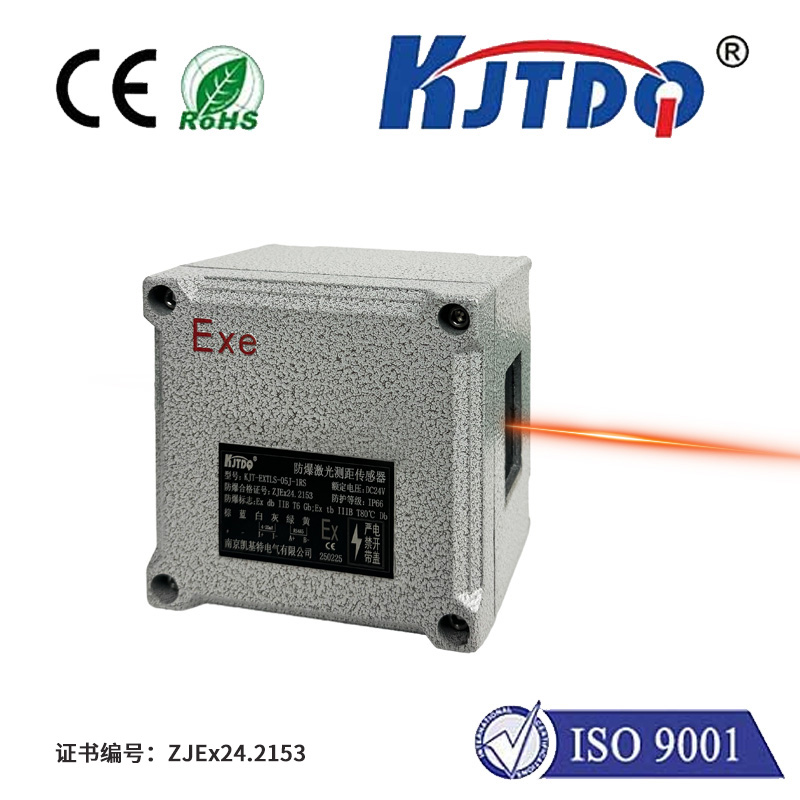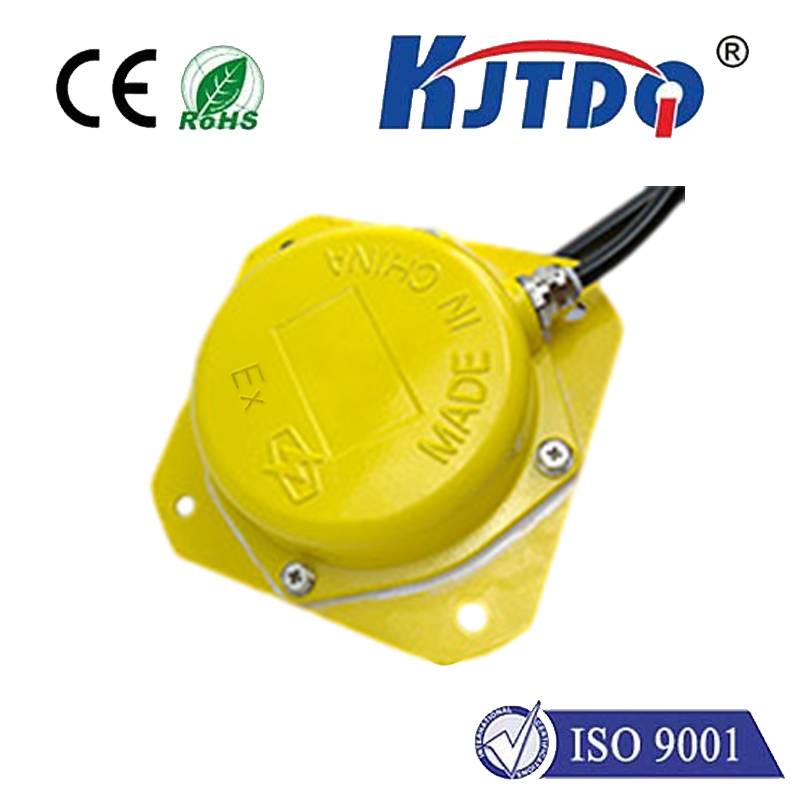laser motion sensor diy
- time:2025-09-01 09:37:08
- Нажмите:0
Build Your Own Security: The Ultimate DIY Laser Motion Sensor Guide
Ever imagined creating your own high-tech security system or a clever gadget that reacts to movement? Building a DIY laser motion sensor is an electrifying electronics project that turns that sci-fi fantasy into reality. It’s surprisingly achievable, deeply educational, and incredibly satisfying! This guide demarks your path from scattered components to a functioning laser sentinel.
Understanding the Core Principle: Light Interruption
At its heart, a laser motion sensor works on a beautifully simple concept: beam interruption. Think of it like an invisible tripwire. A focused laser beam constantly shines onto a light-sensitive detector, typically a photoresistor (LDR) or a photodiode. When an object passes through the beam, it blocks the light hitting the detector. This sudden drop in light intensity is the crucial event your circuit detects and interprets as motion. It’s not tracking complex movement patterns; it’s detecting the break of the beam.
Gathering Your DIY Arsenal (Key Components)

Before the magic happens, you need the right tools and parts. Here’s the essential toolkit for your DIY laser motion sensor:
- Laser Diode or Laser Module: The light source. A simple 5mW red laser diode module (common and safe for hobbyists) works perfectly. Modules are easier as they include the necessary resistor to prevent burnout.
- Light Sensor: The detector. A photoresistor (LDR) is the most beginner-friendly and cost-effective choice. Its resistance changes drastically with light intensity – high resistance in darkness, low in light. Photodiodes are faster and more precise but require slightly more complex circuitry.
- Microcontroller: The brain. An Arduino Uno or Nano is ideal. It reads the sensor signal, processes it, and triggers an output (like blinking an LED or sounding a buzzer).
- Resistors: Crucial for managing current and creating voltage dividers. You’ll need one current-limiting resistor for the laser (if not using a pre-built module) and a pull-down resistor (e.g., 10k Ohm) for the light sensor circuit.
- Output Indicator: To know when the beam is broken! An LED and its accompanying resistor, a buzzer, or both are perfect.
- Breadboard & Jumper Wires: For building the circuit without soldering initially.
- Power Supply: Typically a 9V battery with a barrel jack connector or a USB cable powering the Arduino.
- (Optional but Recommended): Prototyping Shield for cleaner assembly after testing, Enclosure for protection, Mounts/Laser Pointer Stand for precise alignment.
Building the Circuit: Connecting the Dots (of Light)
Let’s focus on the photoresistor (LDR) approach for its simplicity:
- Laser Power: Connect your laser module’s positive lead (usually red) to the Arduino’s 5V pin and the negative lead (black) to GND. Ensure the laser has its own resistor if not a module!
- Photoresistor Voltage Divider:
- Connect one leg of the LDR to the Arduino’s 5V pin.
- Connect the other leg of the LDR to one leg of the 10k Ohm pull-down resistor.
- Connect the other leg of the 10k Ohm resistor to GND.
- Connect the junction point between the LDR and the 10k resistor to an Arduino analog input pin (e.g., A0). This creates a voltage divider – the voltage at A0 depends on the light level hitting the LDR (high light = high voltage, low light = low voltage).
- Output Connection: Connect an LED (with its series resistor, e.g., 220 Ohm) to an Arduino digital output pin (e.g., D13) and GND. Or connect a buzzer’s positive lead to a digital pin and negative to GND.
Programming the Brain: Arduino Code Logic
The Arduino code brings your sensor to life. Here’s the core logic:
- Calibration: Read the analog value from the sensor (A0) when the laser beam is uninterrupted and shining directly on the LDR. Store this as your
baseline value.
- Set Threshold: Define a
threshold value below the baseline. This tolerance accounts for minor ambient light fluctuations. A difference of 100-200 points often works (range 0-1023). Experiment!
- Continuous Monitoring: In the main loop, constantly read the current sensor value.
- Detection Logic: If (currentValue This means the beam is likely broken! Trigger your output (turn on LED/buzzer).
- Reset: Else: If the beam is present (current value is above the threshold), ensure the output is off. Add a small
delay() to stabilize readings.
Simple Code Snippet Concept:
const int sensorPin = A0;
const int ledPin = 13;
int baseline = 0;
int threshold = 150; // Adjust based on calibration
void setup() {
pinMode(ledPin, OUTPUT);
// Calibrate: Ensure beam is ON sensor
baseline = analogRead(sensorPin);
}
void loop() {
int sensorValue = analogRead(sensorPin);
if (sensorValue
Assembly, Alignment & Testing: The Crucial Steps
- Mount Securely: Laser alignment is paramount. Use stands, clamps, or tape to firmly fix both the laser module and the LDR/photodiode sensor on a stable surface.
- Precise Alignment: Power on the laser. Carefully adjust its position until the dot falls directly onto the center of the light-sensitive area of your detector. Small misalignments drastically reduce sensitivity.
- Calibration: Run your code only after perfect alignment. The
baseline reading must reflect the full laser beam hitting the sensor.
- Test: Wave your hand through the beam. The LED/Buzzer should activate instantly! Tweak the
threshold value in the code if detection is too sensitive (ambient light changes trigger it) or not sensitive enough (hand doesn’t trigger it).
- Refine: Shield the sensor from ambient light (use a tube or enclosure around it) for better reliability. Ensure wires are secure.
Unlocking the Potential: Creative DIY Laser Motion Sensor Applications
Your functional sensor is a launchpad for exciting projects:
- Basic Intruder Alert: Combine it with a loud buzzer for a simple room entry alarm. Place the beam across a doorway or window.
- Treasure Box Guardian: Hide the beam in front of a drawer or box lid to sound an alarm when opened.
- Interactive Art/Toy: Trigger lights, sounds, or motors when someone breaks the beam – great for

